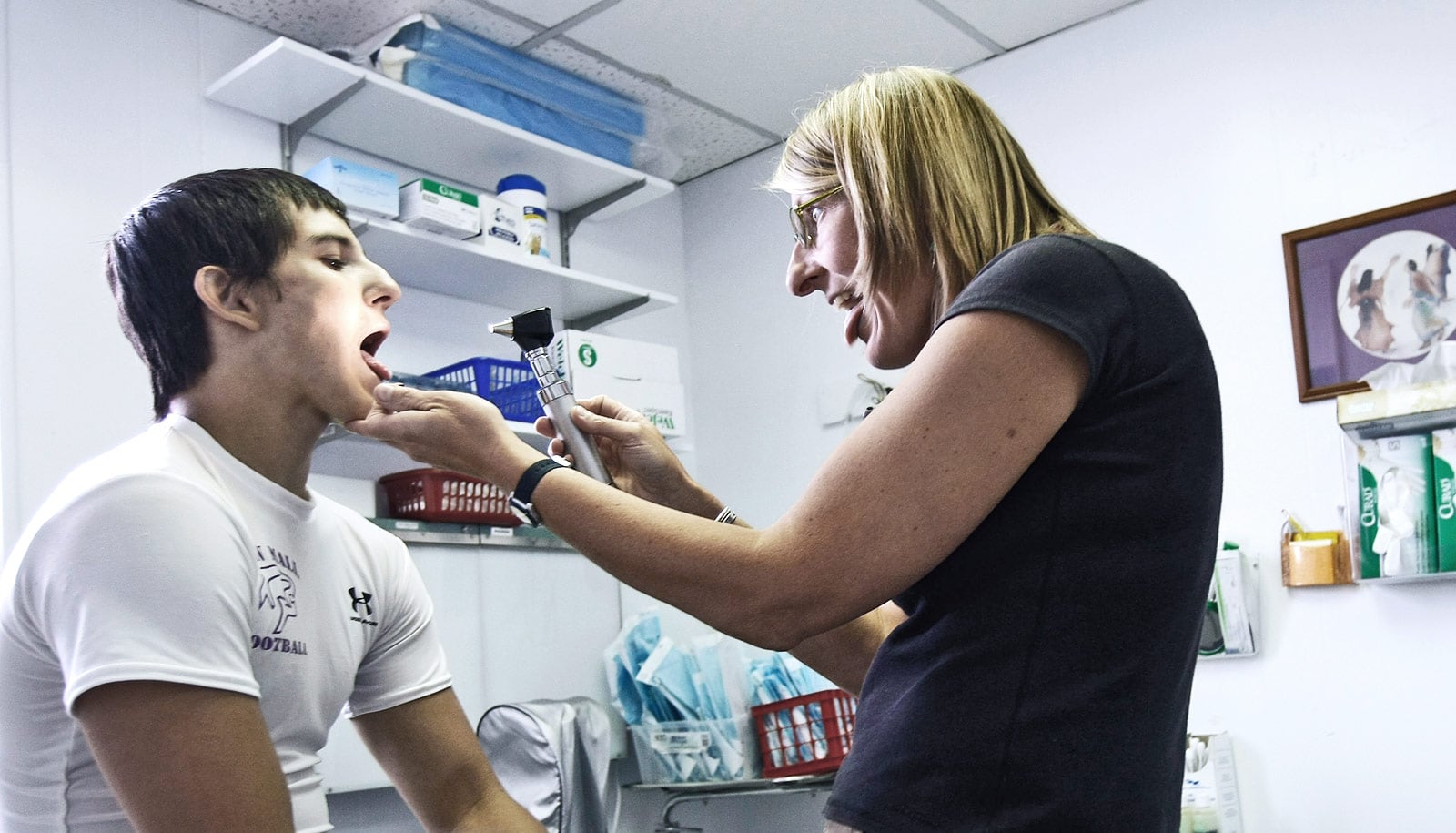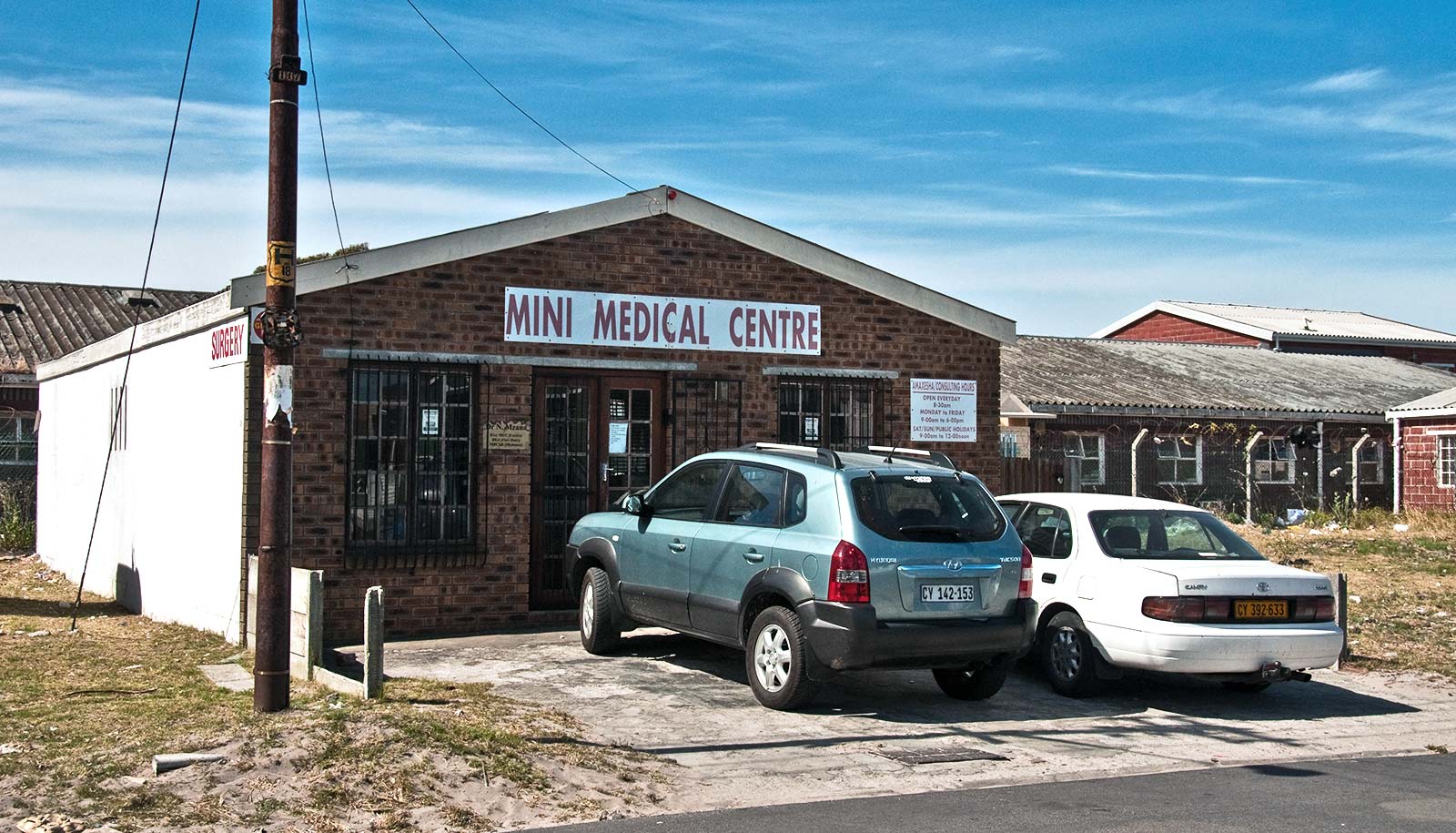A growing number of nurse practitioners provide primary care in low-income and rural areas where physician supply is low, according to a new study.
Researchers looked at data trends in 50 states and Washington, DC from 2010 to 2016 and charted a narrowing gap between the supply of primary care nurse practitioners and physicians, particularly in low-income and rural communities.
“The growing NP supply in these areas is offsetting low physician supply and thus may increase primary care capacity in underserved communities,” says Ying Xue, associate professor at the University of Rochester School of Nursing, and lead author of the paper, which appears in the Journal of the American Medical Association.
Nurse practitioners constitute the largest and fastest growing group of non-physician primary care providers. The number of NPs who provide primary care jumped to 123,316 in 2016, up from 59,442 six years earlier.
Though primary care physicians outnumber NPs by nearly 2 to 1, studies have forecast a shortage of primary care physicians lasting through at least 2025. The shortfall of primary care physicians is particularly severe in rural and other underserved communities, studies show.
The ‘ultimate goal’
While previous research has shown that primary care NPs have a higher propensity to practice in low-income and rural areas than primary care physicians, the new study is the first to examine the breakdown and distribution of the supply of primary care clinicians in relation to income and population density.
“The demand for care is not exactly the same across areas. Some areas have high demand, and some have low demand,” Xue says. “Low-income and rural areas have higher demand and greater health disparities. Increasing the number of primary care clinicians in those areas would help to increase access and help reduce health disparities. That’s the ultimate goal: To have sufficient clinicians to provide care in those areas.”
The study reports that from 2010 to 2016, the average number of nurse practitioners in communities with the highest proportion of low-income residents jumped from 19.8 to 41.1 for every 100,000 people, while the average number of physicians dropped slightly from 52.9 to 52 per 100,000 people.
In the same time period, the average number of nurse practitioners serving rural communities rose from 25.2 to 41.3 for every 100,000 people, while the average number of physicians fell from 59.5 to 47.8.
Greater access to care
The larger growth of primary care NPs in low-income areas means those patients in underserved areas have more access to primary care. Consumers have widely accepted NPs as their primary care provider and say the care NPs provide is comparable to care that physicians offer.
The study also offers support for a more robust discussion of policy recommendations on the use of NPs in primary care delivery and could jumpstart efforts to develop more effective strategies for NP workforce deployment.
“This paper is really sending a message from a policy perspective about how to more effectively use NPs in primary care delivery,” Xue says. “It may be most beneficial in looking at how to further structure the entire primary care workforce and how to mobilize all primary care clinicians in order to maximize timely access to care for populations in need.”
Additional coauthors are the University of Rochester School of Nursing and the University of California, San Francisco.
Source: University of Rochester



